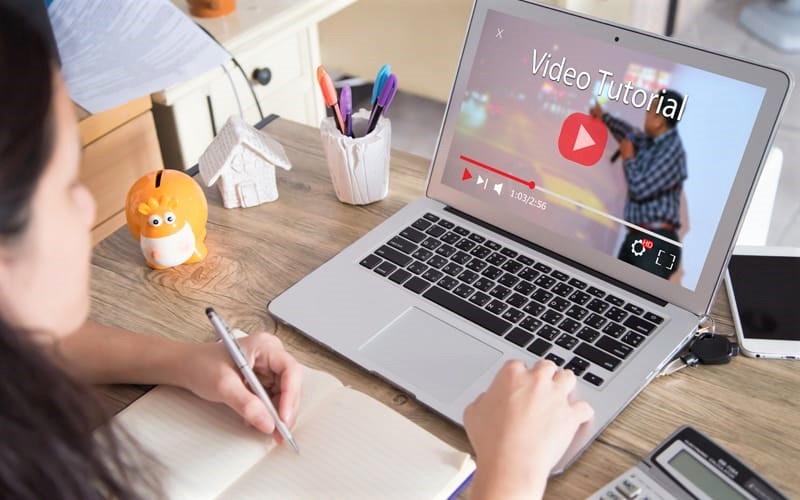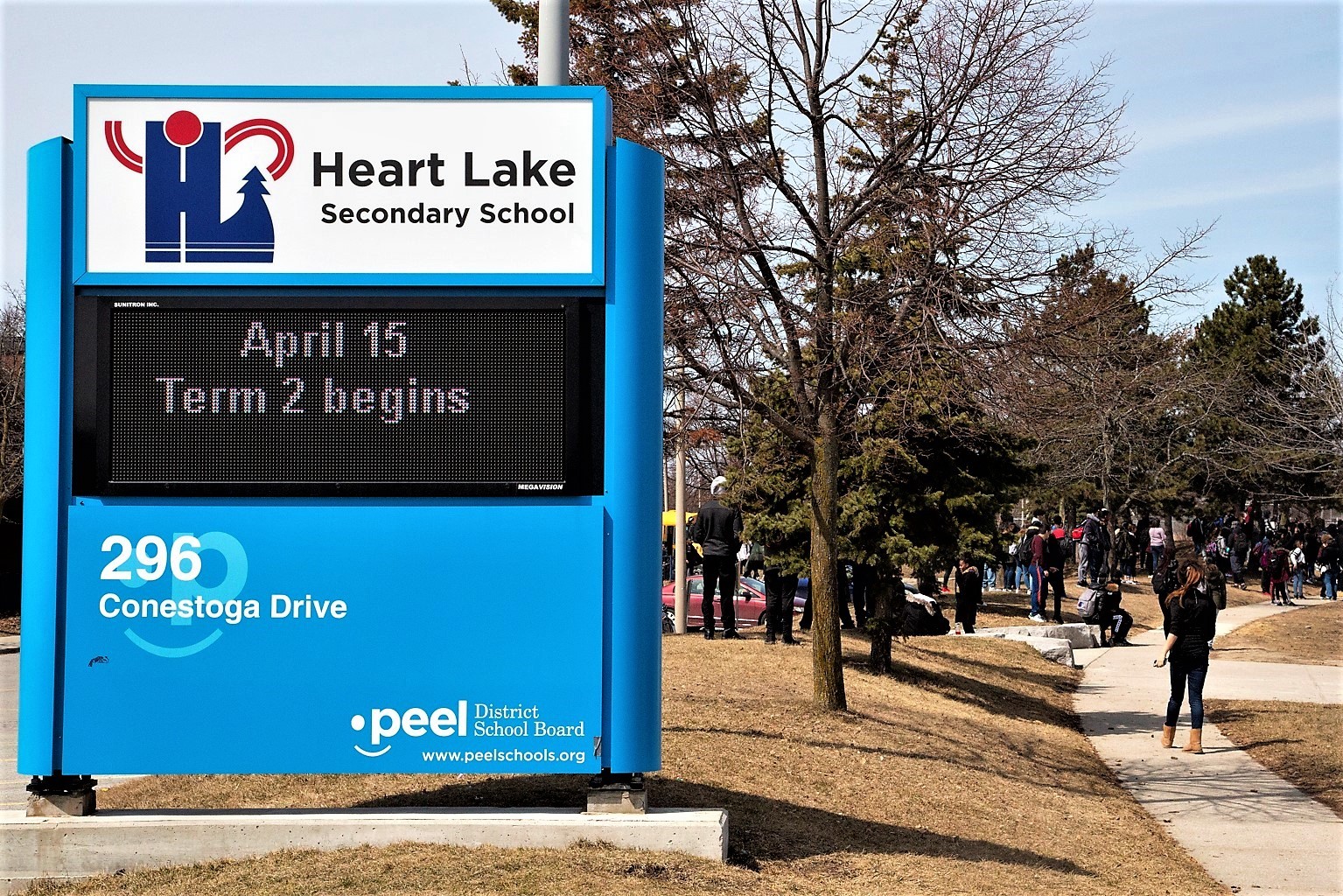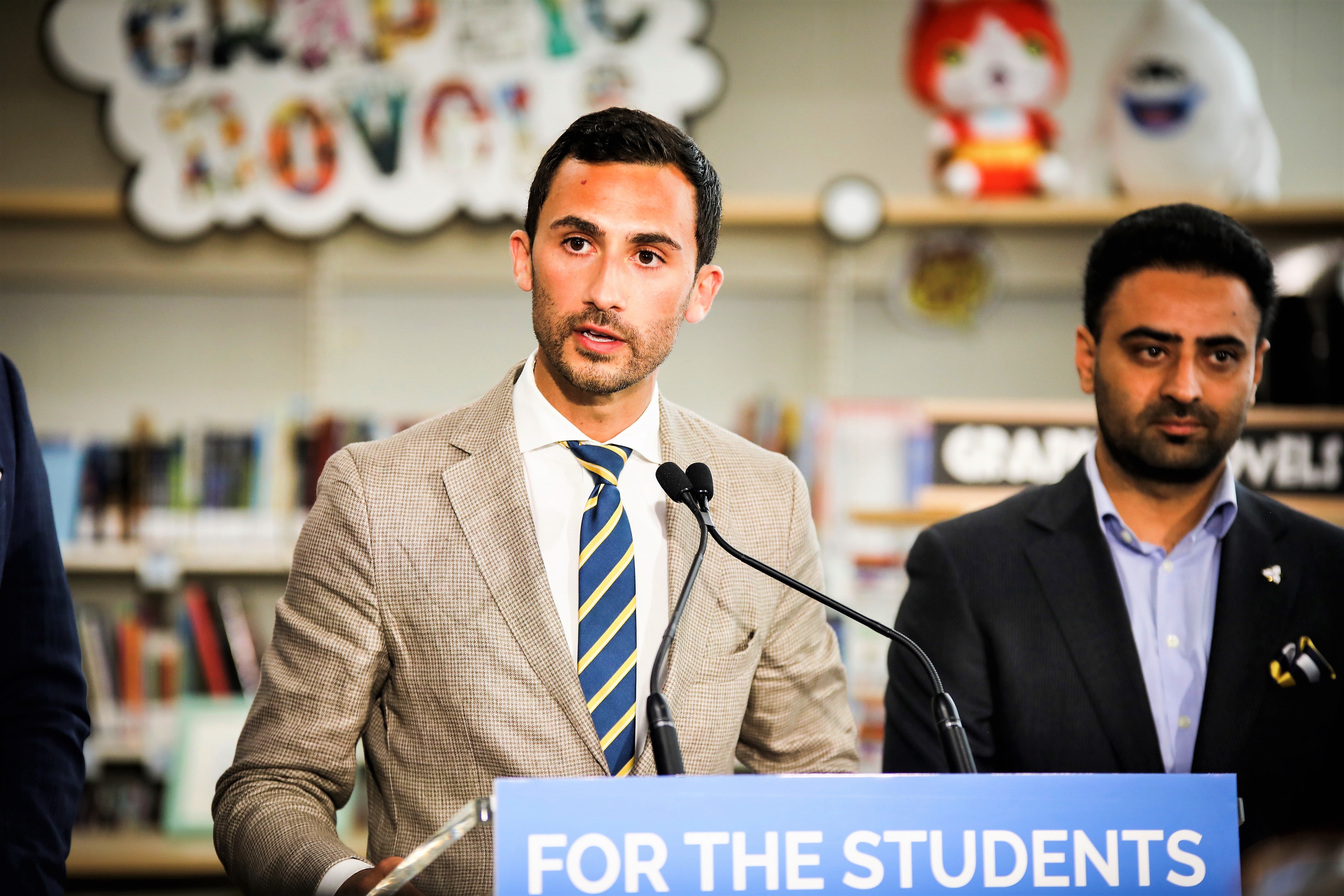
Minister Lecce’s call for more video learning met with questions from teachers, union
The spread of the novel coronavirus forced schools to shut their doors in March. Teachers and students had to quickly adapt to online learning, without an idea of when they would return to classrooms.
It has now been two months and the opening of schools has been postponed by the provincial government multiple times, with widespread speculation that online learning will have to continue till at least the end of the school year.

Schools across Peel have been closed since March Break
To ensure the best possible learning ecosystem for students whose development has been impacted, the Ontario Ministry of Education is now requiring teachers to provide lessons through video conferencing, or “synchronous learning”, which is welcome news for many parents and raising many questions for educators.
On May 8, Ontario’s Education Minister Stephen Lecce, and Deputy Education Minister Nancy Naylor, announced they want all schools to be implementing this method of learning. While the video technology has become quite popular among businesses and the general population as a way to stay connected and productive during this time of physical distancing, not all Peel schools have implemented the use of it. But now, with a clearer directive from the ministry, boards are grappling with the issue.
“These kids want to feel like they’re part of something again. That's why we believe in the premise of live, dynamic virtual learning and why the government has made clear, if we continue to have to keep kids home, we’re going to continue to expect more and deliver more to our kids through the online learning program,” Lecce said at a press conference. He and the ministry stressed that synchronous learning does not just emphasize use of video, but audio platforms too, as well as other digital platforms that create an overall online environment that provides more structure.

Education Minister Stephen Lecce wants teachers to use video platforms to improve the learning experience of students
The use of video technology has not been mandated for teachers within the PDSB. Teachers were allowed to use tools they thought worked best for their classes and synchronous learning was not mandatory, but it was available.
Anita DeFlece, a teacher with the board, told The Pointer that there are potential privacy concerns. “They were trying to make sure that everything fit within their privacy policy and they were really worried about having access to personal phones through these devices,” she said.
Carla Pereira, the communications specialist for the PDSB, told The Pointer privacy issues for synchronous learning can be tackled in a number of different ways. “Privacy issues like seeing into a student’s home can be mitigated by using audio conferencing, phone calls, or blurring video conference backgrounds. These are still considered to be synchronous learning,” Pereira said.
When asked if the Ministry’s directive is something the school board will follow, she said it “will be confirmed to staff later this week.”
But it’s unclear if unions representing teachers are on board with mandatory video learning, even though many parents have expressed their desire to see these face-to-face platforms incorporated, instead of just using text-based communication which has much more limited interaction and hands-on teaching opportunities.
The PDSB has allowed teachers to use their professional judgment to decide how they want to teach. While synchronous learning – through phone calls, video or audio conferencing is allowed – not all teachers offered it to their students.
The Dufferin-Peel Catholic District School Board had also previously implemented such forms of learning. Bruce Campbell, communication manager at board, told The Pointer multiple virtual platforms have been used to deliver learning since the onset of the pandemic. The school board is currently working on a set of guidelines for virtual learning to ensure privacy is respected. It’s not clear when these guidelines will be released.
The issue of privacy is just one of many raised because of the ministry's instruction to use more dynamic virtual learning methods.
Harvey Bischof, president of the Ontario Secondary School Teachers’ Federation, told The Pointer students or teachers may not have a suitable place in their homes to take part in synchronous learning. There’s also concern about the level of security involved in these teaching interactions.
Bischof recalled a recent occasion where a Google Classroom video conference was hacked, and pornographic images were displayed. He did not say where this happened, but such an incident was reported in Australia two weeks ago, involving Zoom, which is not allowed by many boards here.
According to PDSB’s education strategy in response to COVID-19, A Community of Care: Peel District School Board’s Learning and Support Plan, “Privacy settings have been adjusted so that teachers are able to use audio/video conferencing tools on Brightspace-Teams and Google Meet, should they choose to.”
But despite these privacy safeguards and restrictions on which platforms can be used, some teachers and unions are looking for more guidance from the ministry.
“Maintaining order under those circumstances when you're not dealing with students in your room, but mediated by technology, means that things become enormously more difficult,” Bischof said. Unless this is dealt with by school boards and such issues are tackled head-on, distant learning should go on through the discretion of the teacher, he added.
A disconnect between the Ministry’s messaging and the actual implementation of its idea seems to exist for some educators. It’s unclear how or if it is ensuring issues of privacy and security are addressed. Passing such responsibility off to teachers and school boards could pose problems. “If they're going to direct that this is the way learning needs to be done, then the problems have to be solved first, not after they make a statement like that,” Bischof said.
But PDSB has already addressed many of the privacy concerns in its own online learning policy, including the use of certain privacy settings on the platforms it has approved.
But some educators and the OSSTF are looking for more specific, uniform direction.
The Pointer reached out to the Ministry of Education with a list of questions on the matter, including how privacy issues would be addressed. None of the questions were answered ahead of publication. The Pointer was instead directed to the email the Ministry sent to school boards outlining its announcement. It lists multiple aspects of virtual learning that may prove beneficial for students, but there is little information on how assistance would be provided to teachers and boards from the Ministry, nor are privacy and security concerns addressed.
DeFlece is disappointed with the announcement. She believes teachers are the ones who know their students best, and asking everyone to implement a similar style of synchronous learning is not helpful in this situation. “For him to come out and say this is what has to happen as of now…is really disrespectful of what we do in that classroom and how we handle our students,” the Grade 10 teacher told The Pointer.
She teaches at a Brampton school with a high-risk index, which presents limitations to synchronous learning. These students are more prone to mental health issues and their parents are more likely to be impacted by stressors linked to the novel coronavirus, including job insecurity and housing worries. For her students to be available during a certain time of the day to learn together is something hard to accommodate at this time.
DeFlece acknowledges the importance of synchronous learning, as it creates a sense of togetherness, and hearing the voices of her students makes her feel like she’s in front of her class again. To mimic this, she has been reaching out to students in a way that works best for them, including drop-in office hours, and replying to emails from students. She also posts recorded lessons online for students to access later.
She’s not sure what other changes could be coming in the future, but she would want an appropriate amount of time allotted for teachers to learn about best practices of any new learning method. This will allow both students and teachers to become adjusted to the change and get assistance on any issues they have.

PDSB parent Chris Dawkins says his son's learning would be improved with the use of video
As a parent, this is something Chris Dawkins, who has a child in the PDSB, appreciates. He believes it will give parents the ability to make sure their kids are assisted in the best way possible. Language barriers, a barrier to technology or a lack of time are some of the many benefits of synchronous learning, he said. “By having a daily or bi-daily video chat with students, it allows the parents to ‘park’ their children’s questions about a subject until they speak with the teacher,” Dawkins told The Pointer. It will also give parents a better venue with a more defined schedule to ask any questions they have for the teacher to assist their child’s online learning development.
Currently, a common non-synchronous approach that does not utilize more dynamic technology, sees teachers posting lessons on a text-based platform such as Google Classroom every morning, during the school week, and then students work through them on their own, often messaging teachers when they have questions. It’s a somewhat detached approach and relies on student independence. For those learners who need more direct, sometimes face-to-face help and structure, synchronous learning can be very beneficial, the ministry states.
Such learning would give Dawkins’ third grade son structure that could help shape his routine. While he said his son does follow a daily schedule that includes homework, physical activity and virtual time with friends, Dawkins’ own schedule prevents him from ensuring his son is on top of his work. “If he knows that he has to have an assignment completed for the next meeting, then [synchronous learning] will assist him in keeping on track of his work.”
Email: [email protected]
Twitter: @nida_zafar
Tel: 416 890-7643
COVID-19 is impacting all Canadians. At a time when vital public information is needed by everyone, The Pointer has taken down our paywall on all stories relating to the pandemic to ensure every resident of Brampton and Mississauga has access to the facts. For those who are able, we encourage you to consider a subscription. This will help us report on important public interest issues the community needs to know about now more than ever. You can register for a 30-day free trial HERE. Thereafter, The Pointer will charge $10 a month and you can cancel any time right on the website. Thank you.
Submit a correction about this story


